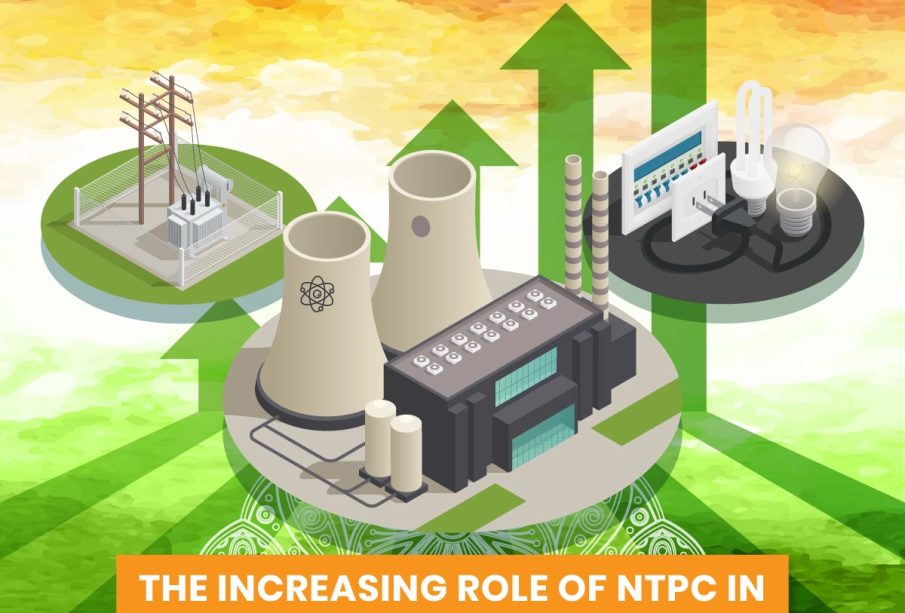Understanding NTPC: India’s Premier Power Generator

Introduction
NTPC Limited, established in 1975, stands as India’s largest power generation company, contributing significantly to the nation’s energy landscape. As the country pursues ambitious renewable energy goals, NTPC’s role is pivotal. With an installed capacity exceeding 66,000 MW, NTPC is committed to addressing India’s increasing power demands while also focusing on sustainability and renewable energy initiatives.
Current Developments at NTPC
Recently, NTPC has announced its plans to enhance its renewable energy footprint. In line with the Indian government’s target of achieving 500 GW of non-fossil fuel-based power capacity by 2030, NTPC aims to add 60 GW of renewable energy capacity by 2032. This includes projects in solar, wind, and hydroelectric power. NTPC’s solar park project in Madhya Pradesh, expected to generate around 1,000 MW, is a testament to this commitment. Moreover, NTPC has pledged to achieve net-zero carbon emissions by 2070, aligning with global climate goals.
Challenges and Future Prospects
Despite its progress, NTPC faces several challenges, including increasing competition from private players and regulatory hurdles in the power sector. Moreover, the fluctuating prices of coal, which still constitutes a major portion of its energy production, pose operational risks. Nevertheless, NTPC remains optimistic about its strategy to diversify its energy portfolio and invest in advanced technologies, such as hydrogen generation and energy storage solutions.
Conclusion
As India’s energy requirements continue to grow, NTPC’s leadership in the power sector becomes increasingly significant. The company’s initiatives to expand its renewable energy capacities and reduce carbon emissions not only propel India towards a more sustainable future but also set a benchmark for other energy companies in the country. With ongoing investments and a clear focus on diversifying its energy sources, NTPC is poised to play a critical role in shaping India’s energy landscape for decades to come.









